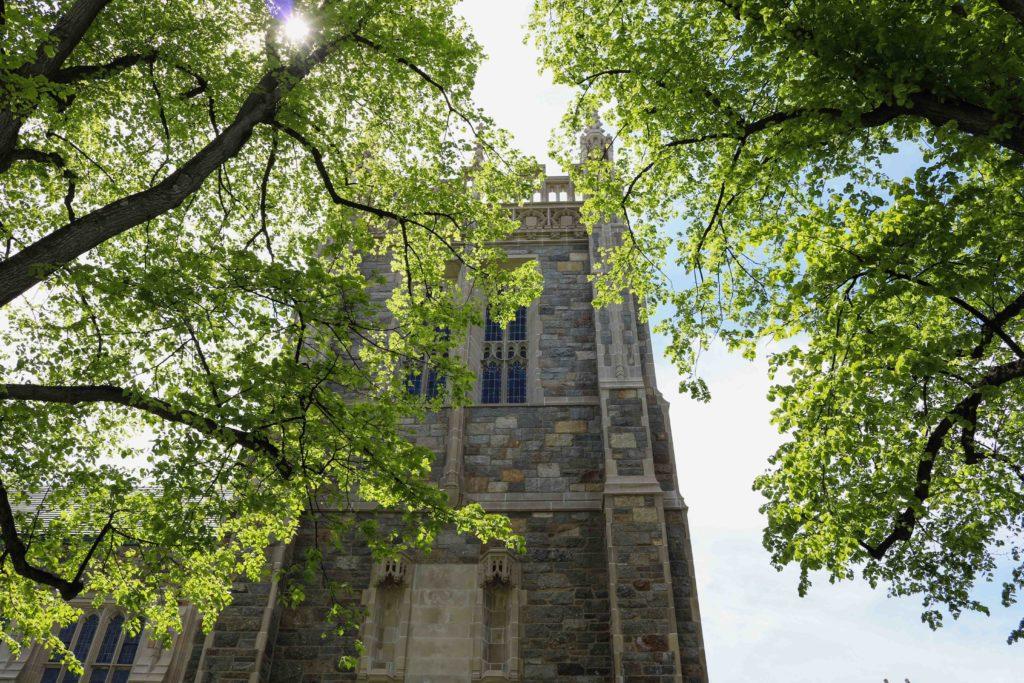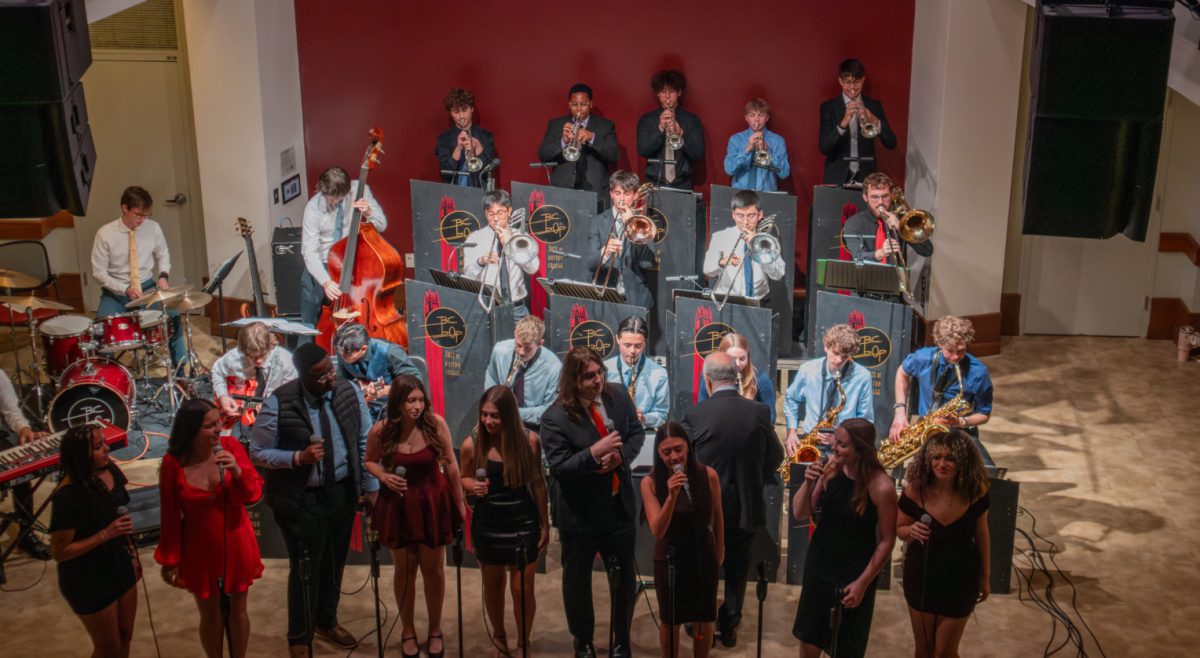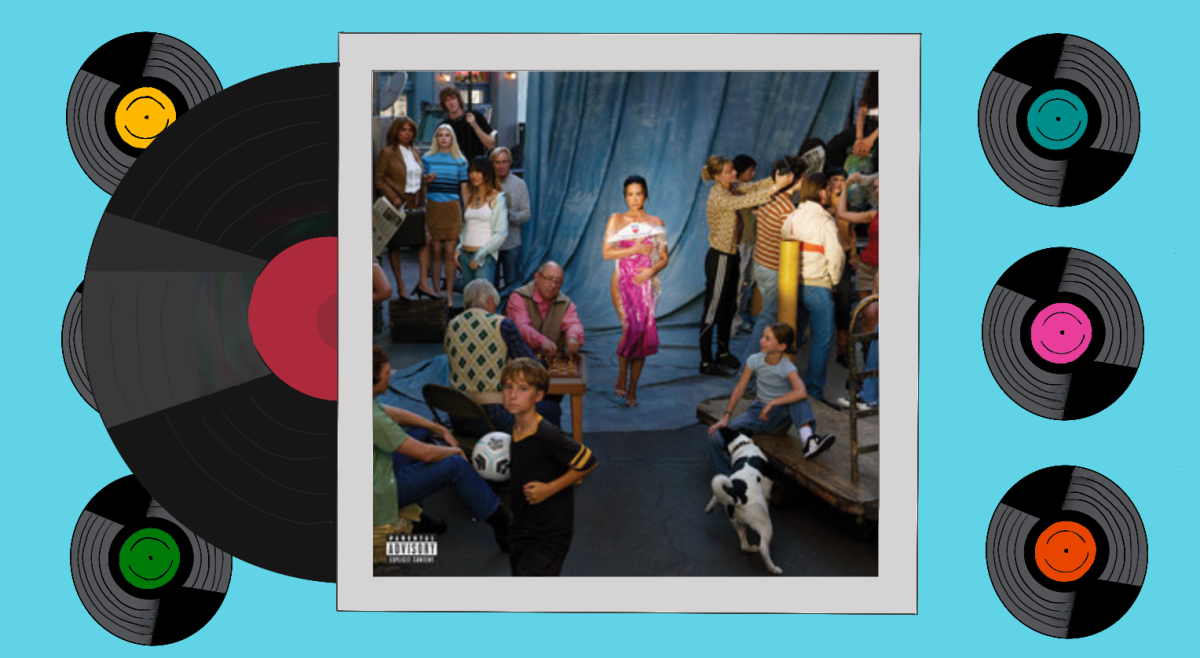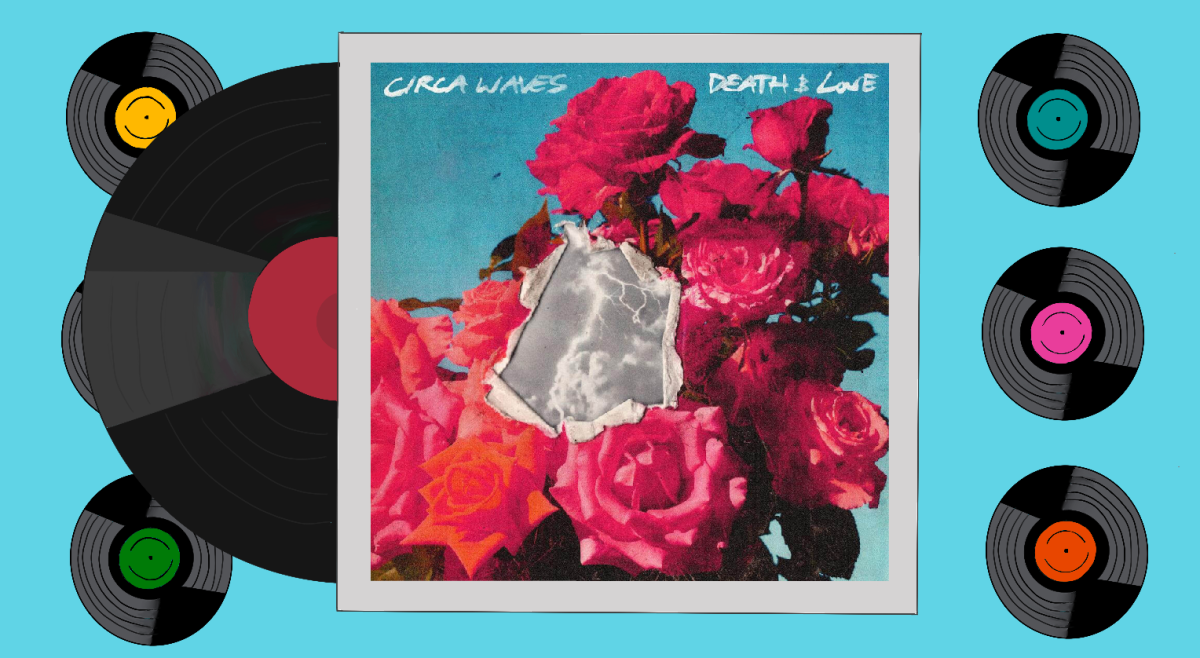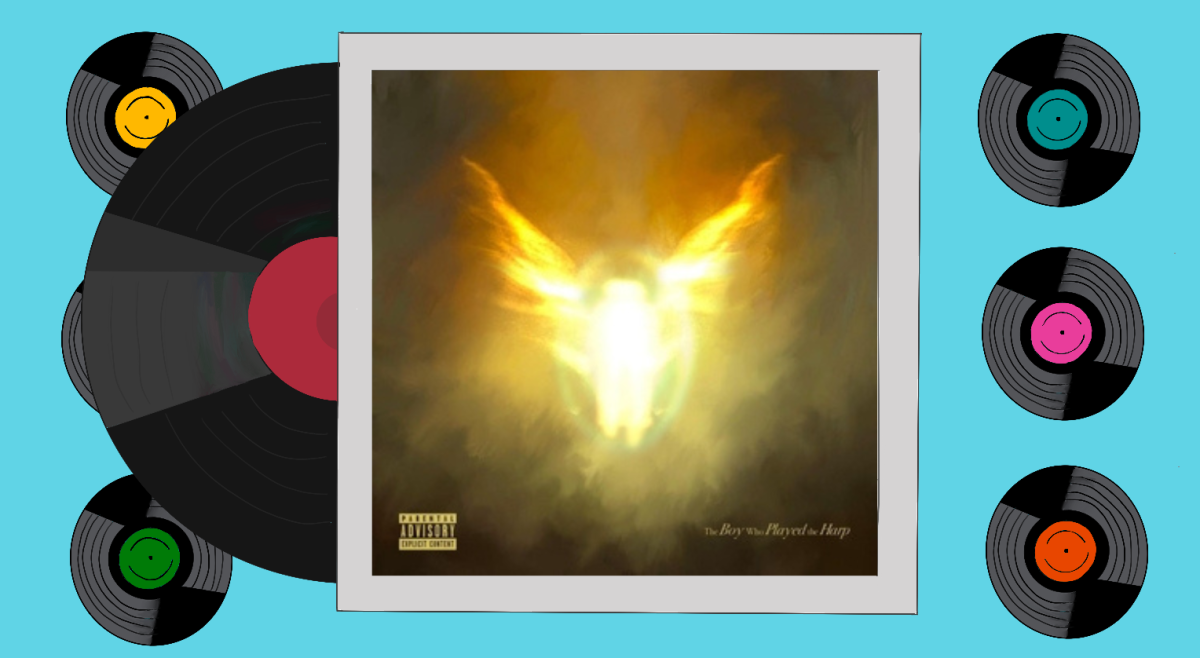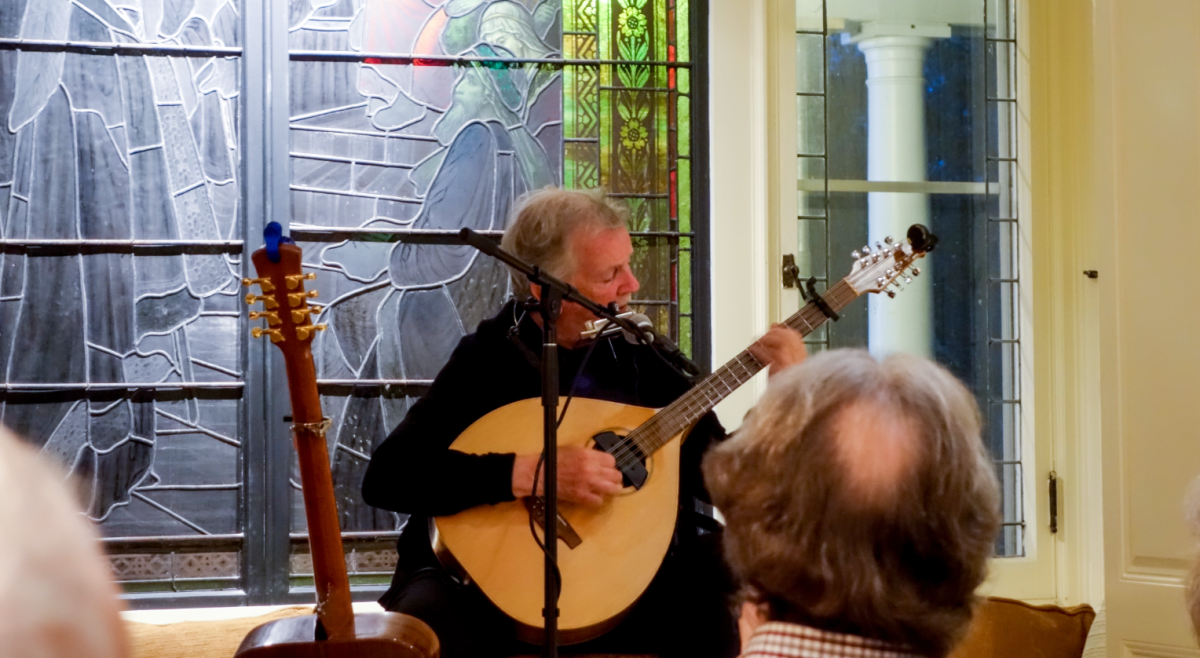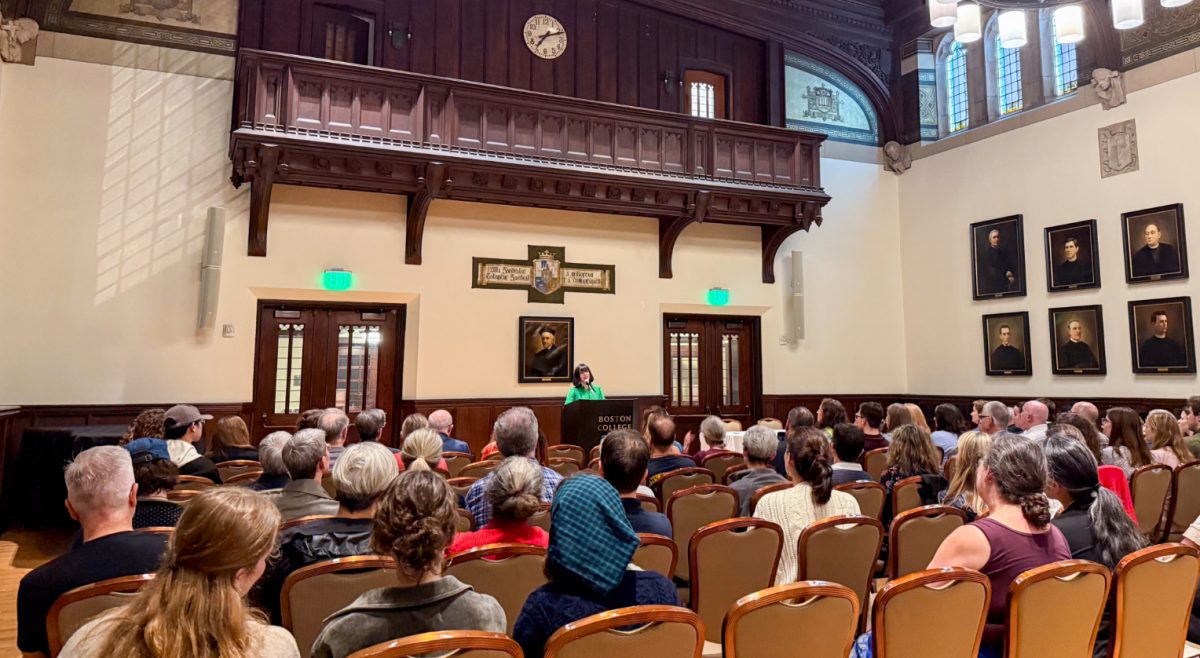Stationed among walls of well-weathered leather bound books of the past and modern classics in Boston College’s Burns Library is a collection titled Objects in the Archives. The collection highlights eclectic pieces from the cozy library’s endless archives and features items that reflect the rich character of those who have generously donated to the Burns Library over the years.
The quaint collection is split between glass cases embedded in two adjacent walls in the hallway connected to the entrance of the private library. Supported by oak wood cabinets, the objects lie delicately on a bright green crushed velvet lining and are illuminated by spotlights. The collection is divided into four categories: personal, leisure, professional, and sacred.
The case labeled “Personal Objects” houses locks of a man’s beard, a peculiar item by today’s standards but an important piece of personal history for affluent members of society in the 1800s. Locks of hair were kept as personal remembrances for the relatives of people who had passed. The golden hairs are stationed in front of a book titled Beards: Their Social Standing, Religious Involvement, Decorative Possibilities and Value in Offence and Defense.
The personal objects collection also included wax letter seals, a shining silver champagne bowl and ladle, and the weathered passports of author Graham Greene, whose works were heavily influenced by his frequent travels according to the exhibit. These objects represent much more than the daily activities of relatively average citizens—the selected pieces of individuals allow modern man to reflect on how daily life for Americans has changed and how it has remained the same.
Featured objects of leisure include many game pieces easily kept in the home, as might be expected for generations without ready access to technology. An intricate Chinese chess set sat atop a stylish and well-preserved wooden table in the glass case, highlighting how leisure items were made more accessible by acting as permanent decorative pieces within the home. Celtic themed playing cards are also displayed, alluding to the importance of Irish heritage to those who donated to Burns Library in the early days of its existence.
Leisurely objects could be used for practical purposes beyond sheer enjoyment as well. A board game donning the title “Historical Pastime: A New Game of the History of England” sought to test the knowledge of its players, while an artfully engraved silver cornet lying behind the glass once helped hone the musical talents of its owner. A seamstress’s sample book featuring a tiny cloth dress clinging to its page underscored the importance placed on young girls’ mastery of the craft. The intricacy of the stitching on the white dress demonstrates the pride the seamstress took in her work.
Professional objects highlight the progress of the medical industry by showcasing earlier versions of common and recognizable objects. A worn black leather case holds a set of delicate silver scissors and knives used for medical purposes. The center of the case is filled by the shining faces of the St. Elizabeth’s Nursing School class of ’71 in their class photos, as well as a white nursing cap with black trim, cuff links, and a maroon cape with “B.C.” and “S.N.” embroidered in gold on both sides of the collar. The cape resembles those worn by the handmaids of The Handmaid’s Tale television series and reflect the modesty expected from women in the workplace. Ornamental apothecary bottles filled with medicines unfamiliar to the modern consumer are featured, as well as the syringe used for the first insulin injection in New England.
Representations of the marketing and book making fields are also displayed. A replica of a billboard created by John Donnelly & Sons advertising company, a local business until 1978, depicts the grinning Miss America 1975. Meanwhile, a wood block with an ornate crucifix used in early book manufacturing and typography blocks are displayed to offer visitors a look at the painstaking process of book making in earlier years.
Sacred objects include obvious odes to Catholicism such as a gold crucifix and skillfully embroidered chasuble. The latter features threads of gold, green, pink, and blue hues to create a landscape full of birds, fountains, and leaves— reminiscent of the Garden of Eden. A skullcap is stained by the sweat of the priest who once donned the liturgical vestment, a sign of the frequent use of the holy item.
Elizabeth Williams Hayward’s white chest that once held accounts of the burning of Ursuline Convent Academy in 1834 by anti-Catholics underlines the historical significance of some of the seemingly unimportant items. Hayward was a student at the academy and the chest adds a deeply personal element to a historical event that is often observed through the lens of anti-catholic movements that defined immigration debates in the mid 1800s.
Featured Image by Kaitlin Meeks / Heights Editor

